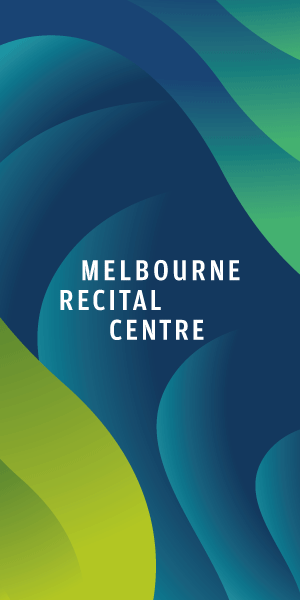St Francis – a church among the gum trees
By Dr Cheryl Griffin - Royal Historical Society of Victoria
There isn’t a sheep (or two), nor is there a kangaroo in this image, but there are gum trees and plenty of other shrubs and trees!
These remind us that there was a time when central Melbourne had not been completely stripped of its “forest of trees”, as one newspaper described the city’s streetscapes in the 1830s. I’ve even seen a drawing made in 1853 that includes an emu grazing on the grass in front of the church.
This is St Francis Church, on the corner of Lonsdale and Elizabeth streets, and it represents a continuity that is rare in today’s CBD, for there has been a Roman Catholic church on this site since 1839.
In its earliest days it was a simple timber chapel in the care of Irish priest Father Patrick Geoghegan. The foundation stone for the church you see here was laid in October 1841 and the church, designed by Samuel Jackson, was completed four years later. During this period, in 1842, Mary MacKillop (now Saint Mary of the Cross MacKillop) was baptised in the church and later made her first Holy Communion and received the Sacrament of Confirmation there. In 1848, St Francis became a cathedral, Melbourne’s first Catholic Cathedral, under the care of Bishop James Goold. It remained Melbourne’s Cathedral until the late 1860s when St Patrick’s took over the role.
This image, taken towards the end of the 19th century, is part of the Royal Historical Society’s images collection, and was donated to the Society in 1918. Here you see that a significant number of new plantings of trees and shrubs have grown up around the church, all planted since the 1850s. A high corrugated iron fence runs along the Elizabeth St boundary. A man drives his horse and buggy southwards and if he keeps on going to the end of the street, he will meet Flinders St. Leaning back against the fence at the corner is a man. Is he simply idling there, perhaps hoping to make it into the photograph? He doesn’t seem to be in a hurry to move on. An iron railing fence, with a bluestone base, runs along the Lonsdale St frontage.
On the corner of the two streets is a gas lamp post, reminding us that this was a time before electricity had made its way to the city in any sort of visible way. The road looks rough, and the deep gutters are lined with bluestone pavers. Arched crossovers have been installed for the convenience of pedestrians. But not all that much has changed since Melbourne’s first decade, a time when there were not many houses in Lonsdale St and a horse bazaar was located opposite the church. The roads are better, for in those first years Elizabeth St was described as “a broken gully”, subject to flooding and a nightmare to travel on when it rained. These are the memories of Thomas Clancy, an Irishman from Cork who arrived in Melbourne in 1841 aged six, attended the Catholic school opposite St Francis and worked as a newsboy for John Fawkner’s Port Phillip Patriot. He knew the streets of early Melbourne well, but later moved away from Melbourne, worked as a drover, and is reputed to be model for “Banjo” Paterson’s “Clancy of the Overflow”.
As I Iook at this image, I’m struck by the two gum trees that sit on either side of the church. They reach up to the sky like spires, but the one on the left is dying back. Decades before, in the drawings and lithographs I’ve seen made in the 1850s, they are healthy trees and the only plantings on the site. By the time this photograph was taken, they are surrounded by trees and shrubs. Later photos taken in the 1890s show the tree on the left has been cut back and by the turn of the century both trees have gone, soon to be followed by the other plants. By the 1920s, the grounds are bare. It is not for some years that rather formal, evenly spaced trees that look like pencil pines feature along the fence lines. Order and symmetry have replaced the “forest” that was there before.
The trees were not forgotten, however. Wood from the tree on the left was used to make an episcopal chair (for the bishop’s use) that was in the St Francis sanctuary when the trees featured in an article in the Advocate newspaper in 1920 and we are told that the other tree formed the original belfry of the church. So, although there was change, those two trees provide a link back to the church’s earliest days.
In September 1928, the Advocate wrote of the church, “Built long ago in the silence of the primeval forest it has survived to be surrounded by a forest of bricks and mortar, while around it thunders the ceaseless din of a great city’s traffic.” Almost 100 years on, the statement still applies •

City of Melbourne unveils next urban forest plan for the CBD








 Download the Latest Edition
Download the Latest Edition